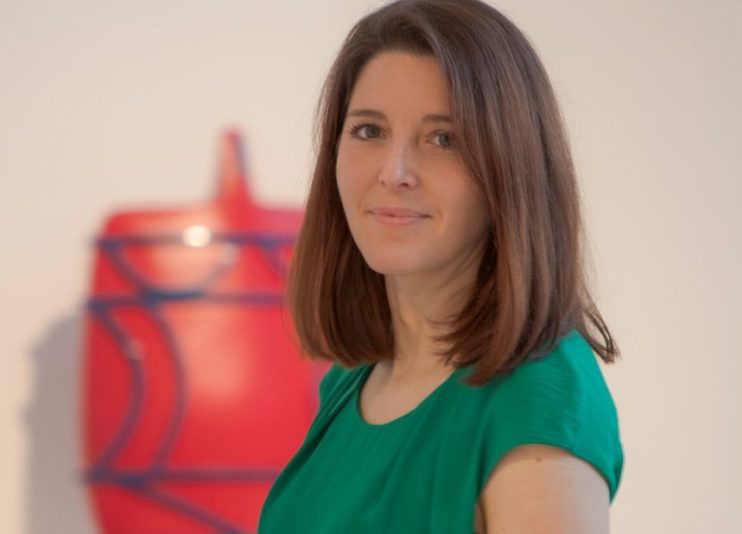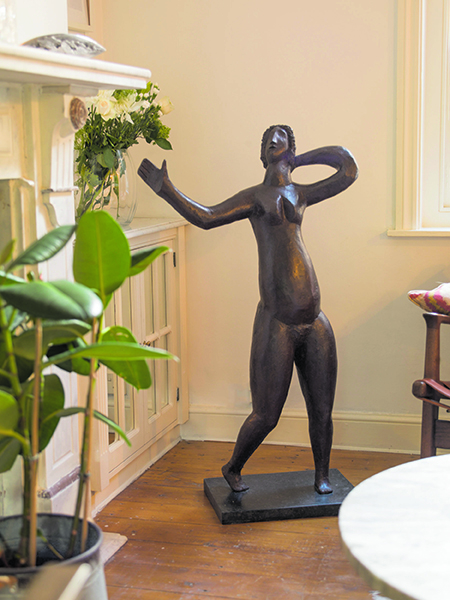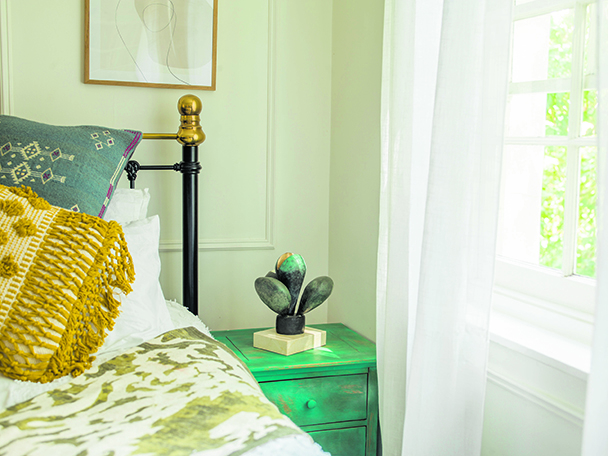How Sculpture Source is carving a niche for the world of 3D artwork

How do you sell sculpture online? Polly Bielecka of Sculpture Source tells City A.M.’s Jennifer Sieg that even the world of sculpture can have a digital side.
“I am surrounded by beautiful things,” Polly Bielecka, the gallery director at Pangolin London, tells me from the floor of the King’s Cross space she’s curated for more than a decade.
Helming one of the world’s most renowned sculpture galleries, it’s hard to disagree. Now, though, Bielecka is on a mission to bring those beautiful things closer to ever more people, with the launch of a new online sculpture platform, Sculpture Source.
It marks the next step in a career journey that has seen the 43-year-old “begrudgingly” grow up in the art world, tick off a history of art degree and then play a defining role in Pangolin’s development.
Fifteen years, 95 sculpture exhibitions and 86 publications later, she’s keen to put accessibility at the heart of the art world she clearly loves.
“I’m afraid I can’t tell you that I was selling lemonade outside the house at age three,” she laughs.

Casting out
The idea for Sculpture Source – the “Net-a-Porter of the sculpture world”, as Bielecka puts it – came during the pandemic.
Unsure if the gallery would survive the lockdown, Bielecka said she had to begin exploring new ideas on how to get sculpture into the hands of customers.
“How do you make it more accessible, and how do you help artists to realise their potential,” Bielecka recalls asking herself.
That led to Sculpture Source, the newest way to collect artwork from some of the country’s most up-and-coming sculptors.
The look and feel of the site feels like any other slick e-commerce operation – but there’s a bit more to it than that.
I’m surrounded by beautiful things on a day-to-day basis and get to meet artists who I think are some of the most interesting people on the planet.
Whilst shopping for paintings online has become a more common exercise in recent years, sculpture hasn’t made the leap.
After all, how do you portray a three-dimensional object – whose shape, and scale, are the very point of the object – on a laptop screen?
Since collectors can’t see the artwork “in the flesh,” Bielecka said, she believes the concept of trust in a sector like this is crucial to seeing the business survive. That’s where years of experience at Pangolin comes in.
It’s very much about trust, and very much about feeling comfortable.
Sourced directly from British artists, Bielecka plans to expand its collection of artists each month – establishing new and improved relationships along the way.
Artists for sale online now include big names like Charlotte Mayer and Anthony Abrahams, with prices ranging from £500 to £65,000.
For Bielecka, being an entrepreneur isn’t just about being “financially invested.”

It’s often about championing the work of others and giving a platform for sculpture collectors and artists to be connected.
“I feel very privileged to be working in a field that I love… I’m surrounded by beautiful things on a day-to-day basis and get to meet artists who I think are some of the most interesting people on the planet,” she said.
“I love meeting people and listening to their stories.”
Indeed communication appears vital in the art world.
“You have to be a good listener to both artists and clients,” Bielecka reckons. “It’s very much about trust, and very much about feeling comfortable.
“You’re buying something that is ultimately just down to your personal choice.”
Can the art world bear such disruption? After all, doing things differently is at the heart of the creative process, but the rest of the industry hasn’t always moved so fast to embrace new ideas and new players.
“I think a lot of the art world, people are suspicious about things they perhaps don’t understand, so we try at the gallery to very much educate and talk about different processes,” she said.
Perhaps Sculpture Source may be in time seen as just as much of a breakthrough as the work of the artists Bielecka so obviously loves.